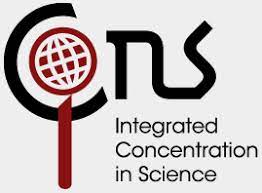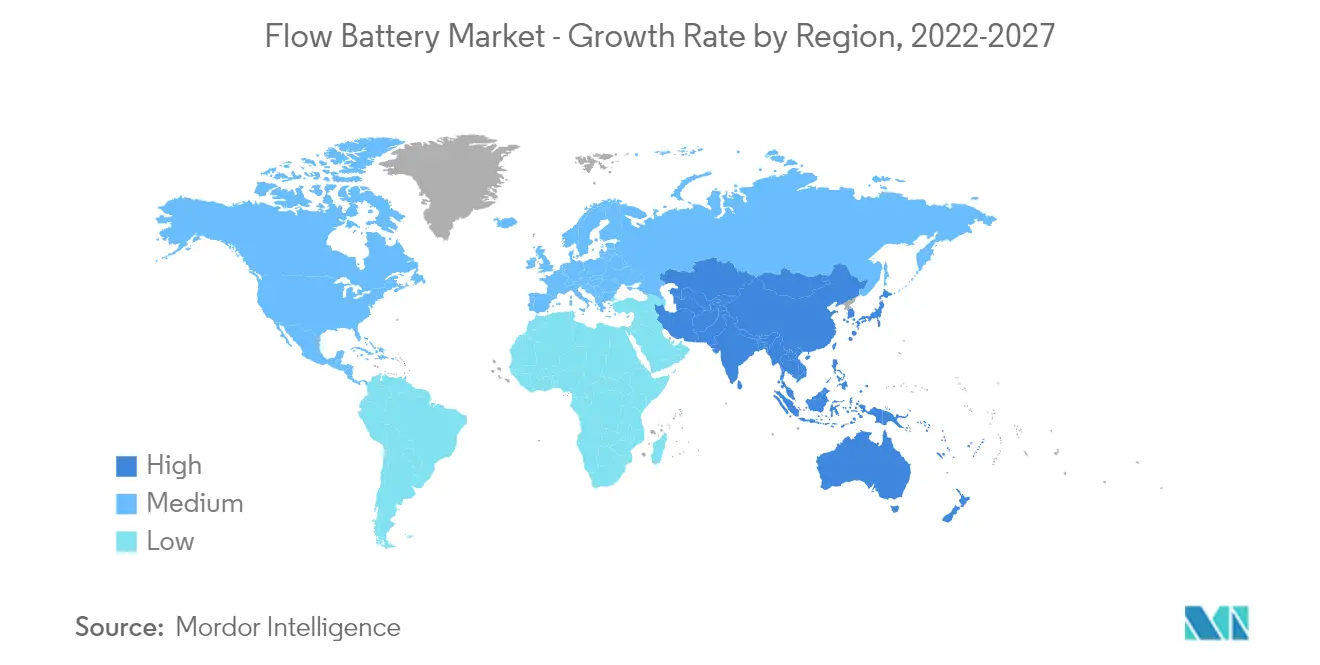i2E: Renewable Energy

Assessing the Rate of Development for New Technologies in Renewable Energy

Assessing the Rate of Development for New Technologies in Renewable Energy
This Interactive Graphic aims to showcase the rate of Research, Development, and Adoption of new Renewable Energy Technologies in an effort to understand how quick the shift to renewable energy is taking place. We take the case of Flow Batteries, analyze the technology in itself to see the developments that have taken place, and then analyze their adoption trends.
All sources are listed below (along with the final presentation). Moreover, this Interactive Graphic is an Open-Source Project under the MIT License.
Flow Batteries, or Vanadium Redox Flow Batteries, are a type of electrochemical cell where energy is provided by two chemical components dissolved in liquids that are pumped through the system on separate sides of a membrane. They provided a longer cycle life than typical Lithium-Ion batteries used widely today, they are safe to dispose off, and the technology is relatively easy to set up and manufacture.

Source: Make A GIF
For example, here is the efficiency of flow batteries in the U.S., as compared to other types of cells:
Source: The World Energy Council
Under a report in Information Technology and Innovation Foundation, Anna Goldstein Reports that Flow Batteries were first developed years ago, but have since moved slowly towards commercialization. However, since 2019, the U.S. and Europe have heavily been pushing the development of Flow Batteries in order to combat the currently-dominant Thermal Energy Storage methods. Lithium-Ion Batteries have proven to be great, but their short lifespan along with disposal issues have pushed governments to invest in alternate renewable energy storage methods, including flow batteries.
According to the Center for Sustainable System at University of Michigan, the current trends for energy storage in the U.S. are as such:
While it may seem like Electro-Chemical energy types (of which flow batteries are a type), are relatively lesser than their counterparts, Flow Batteries are gaining massive popularity due to their more renewable-nature (easier to dispose off, can be recycled easily, does not cause waste generation in landfills), and more funding for them is taking place. In fact, the highest growth of Flow Batteries is currently in North America, Asia , Europe, and South America, with massive government Projects funding the technology and incorporating them to power grids. The U.S. Department of Energy has Invested $27 Million in Flow Battery Storage Technology in September of 2021, and the rest of the globe is following suit as well. According to Mordor Intelligence, a global market trend research-firm, the rate of development of Flow Batteries are as follows:

Source: Flow Battery Market Trends | Mordor Intelligence
Thus, it can be seen that in Renewable Energy Storage techniques, the Research, Development, and Adoption rates are pretty high and steady (albeit after being stagnated for a while).